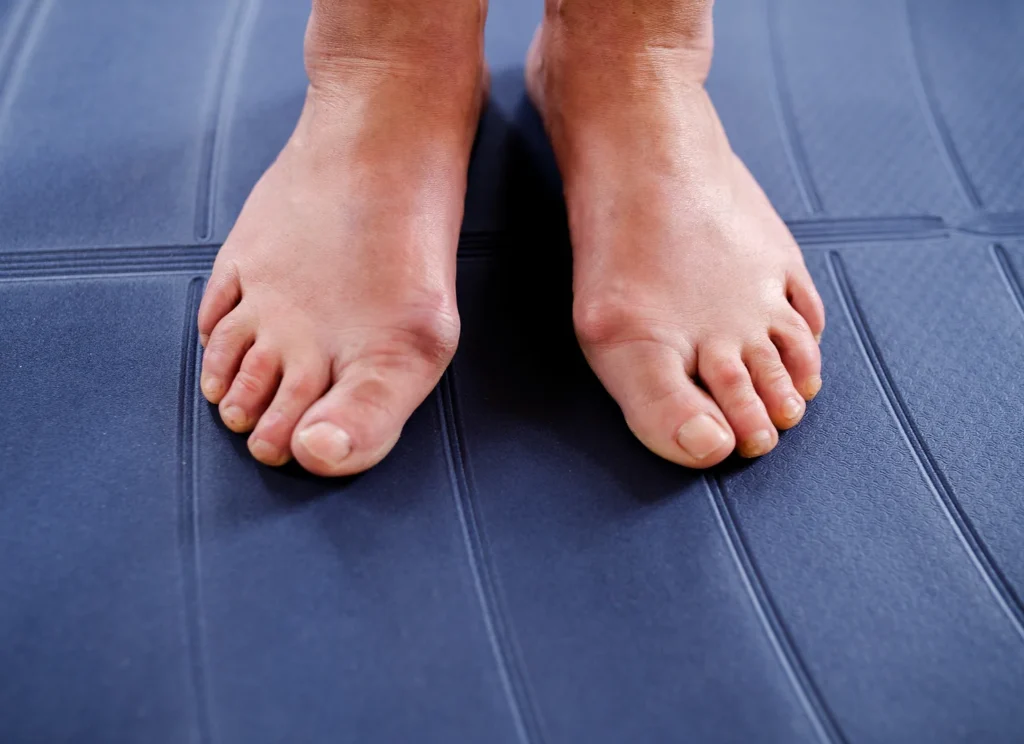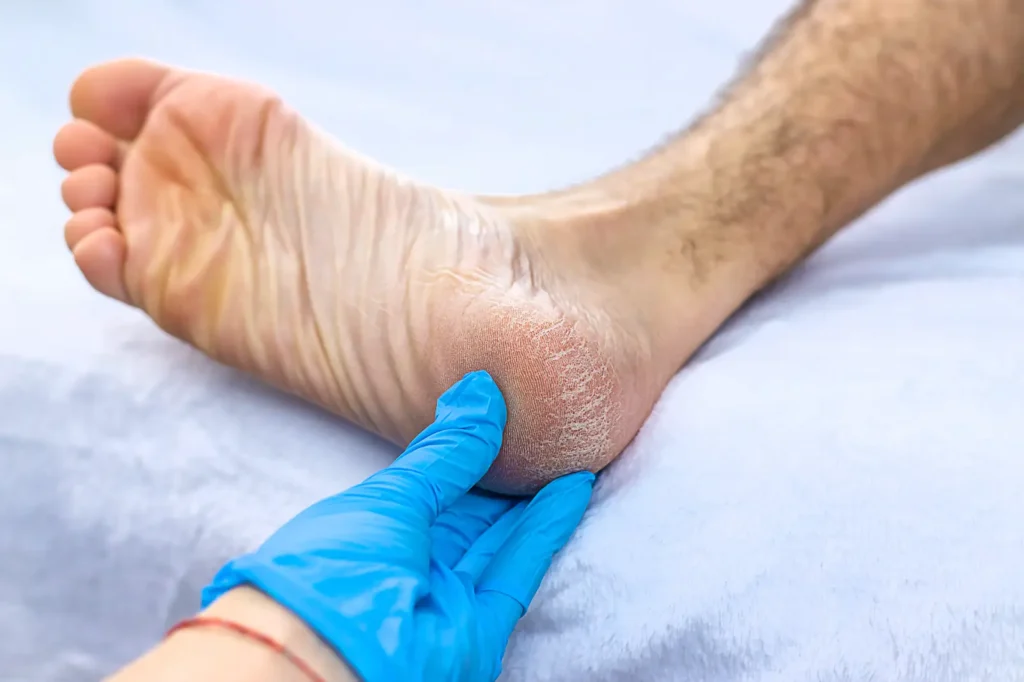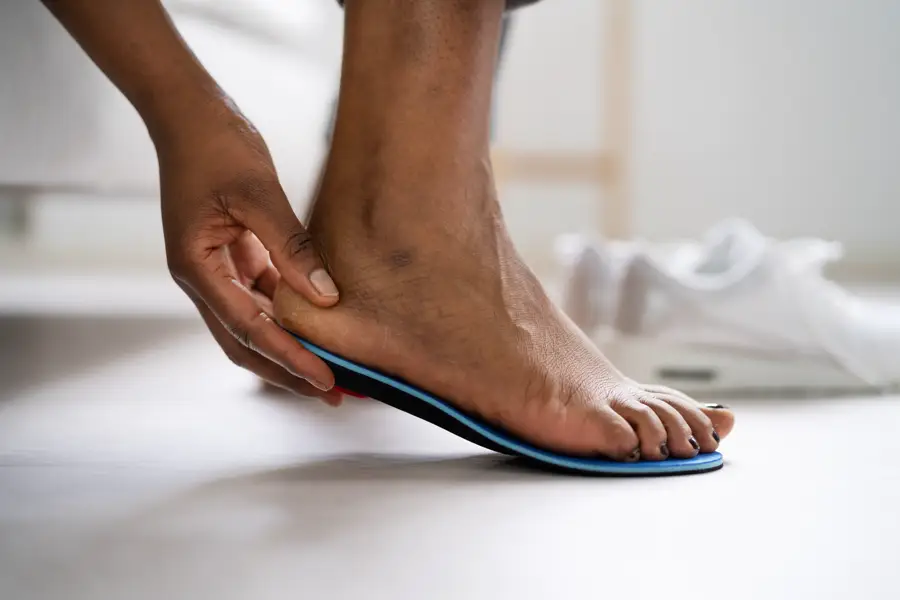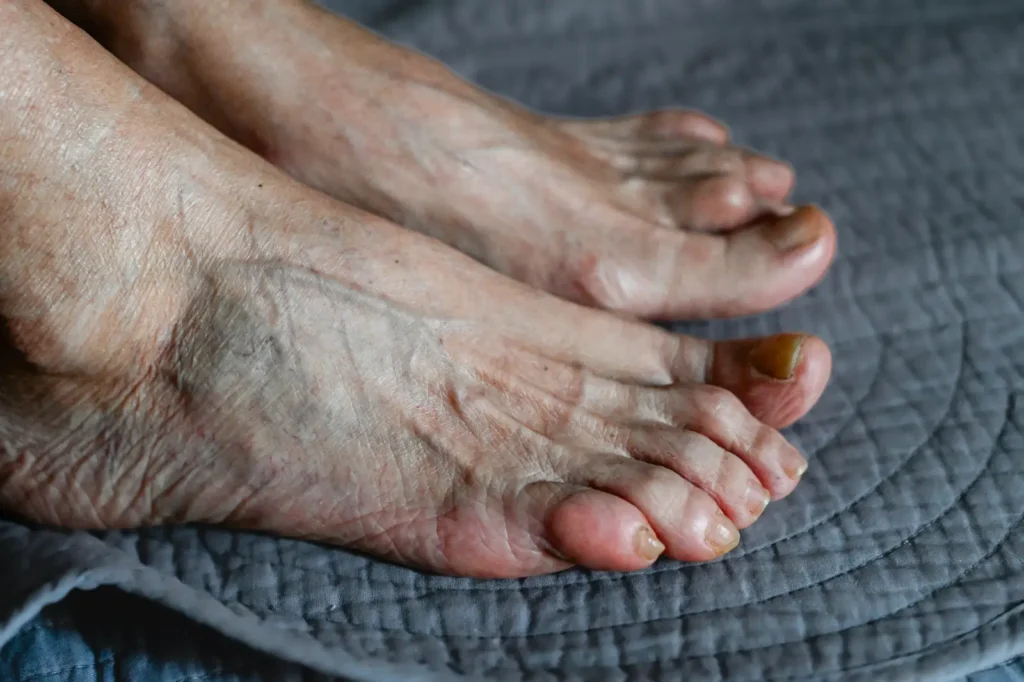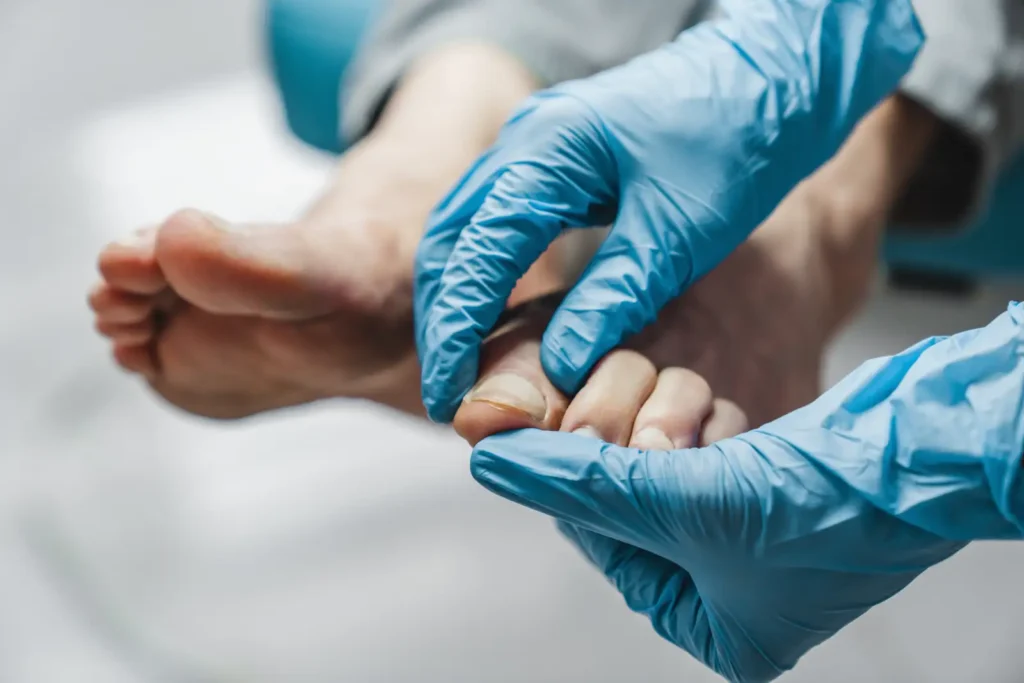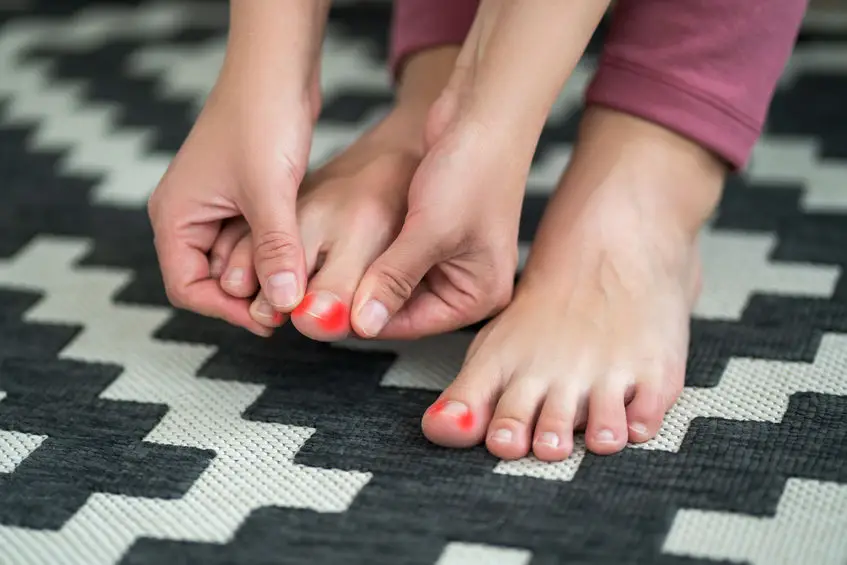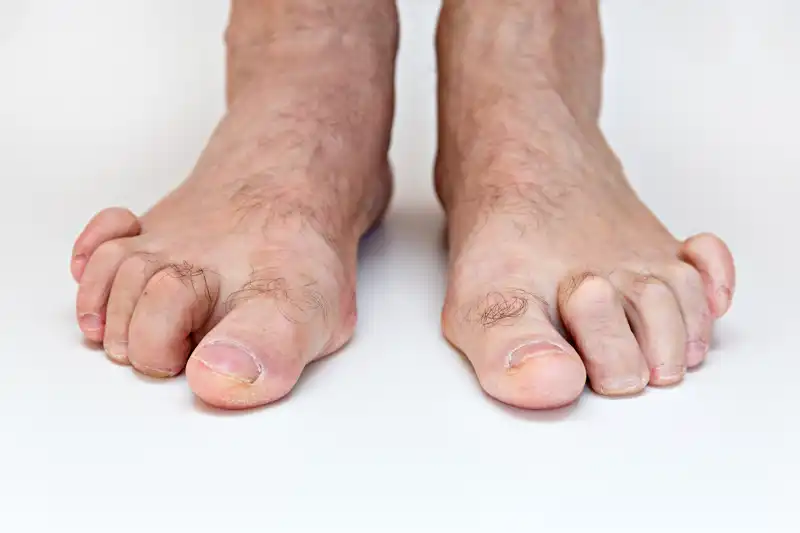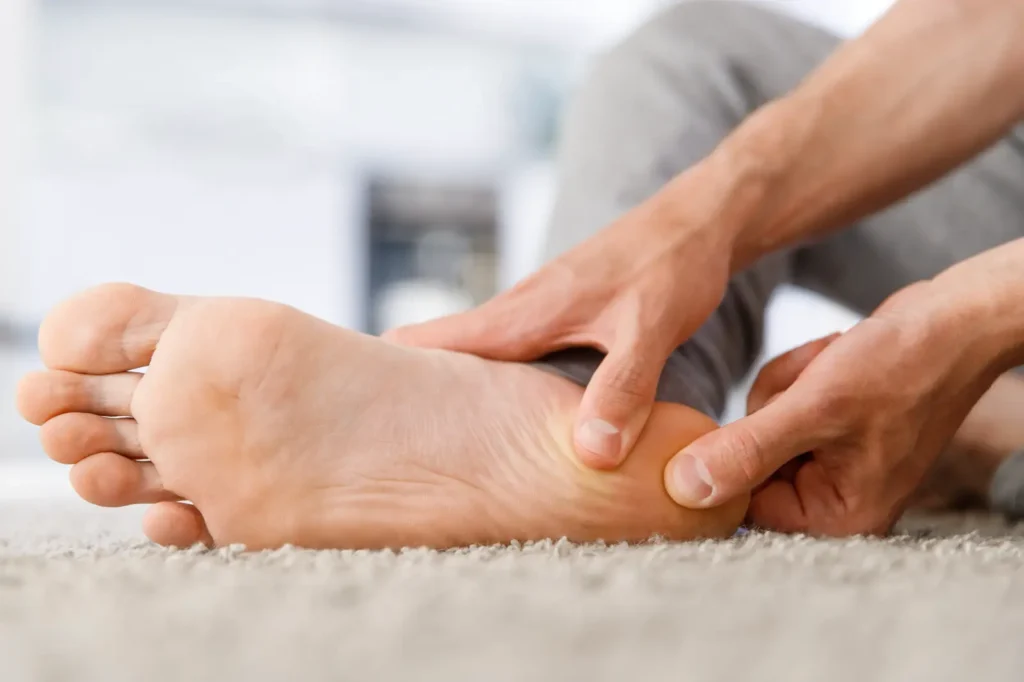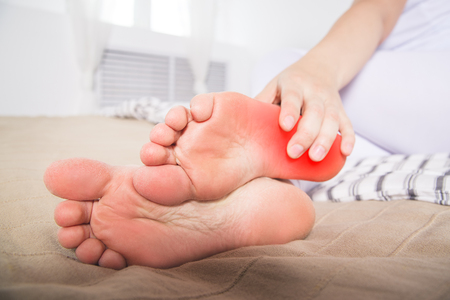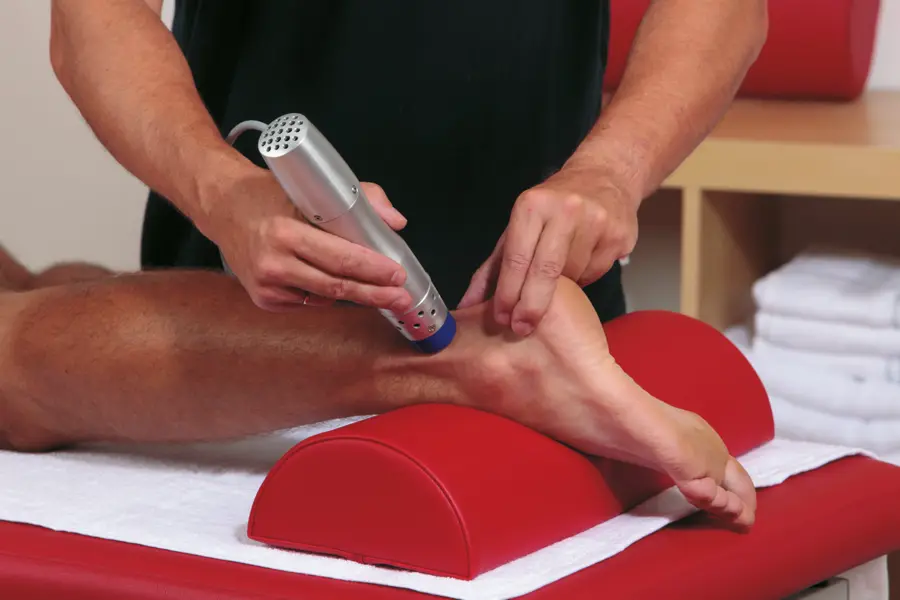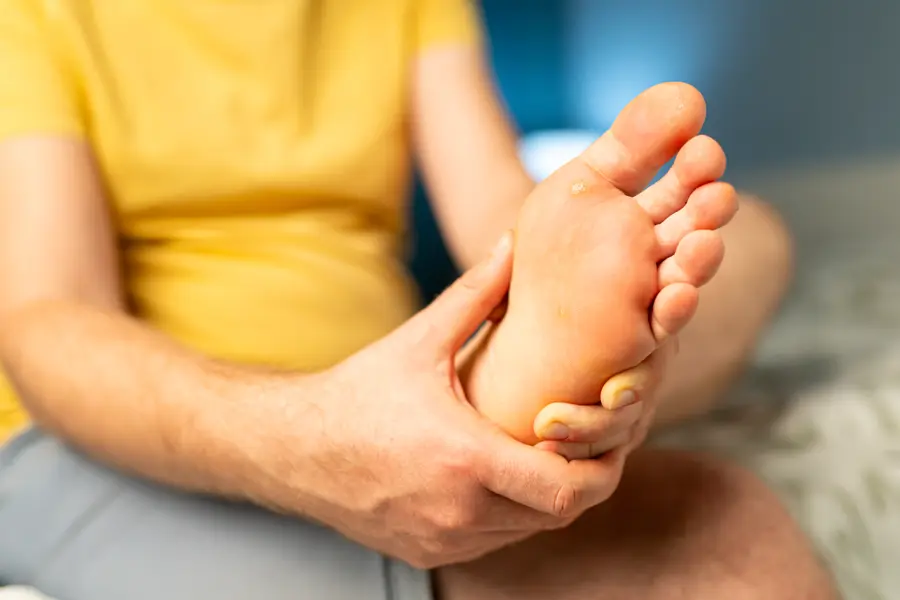Bunions
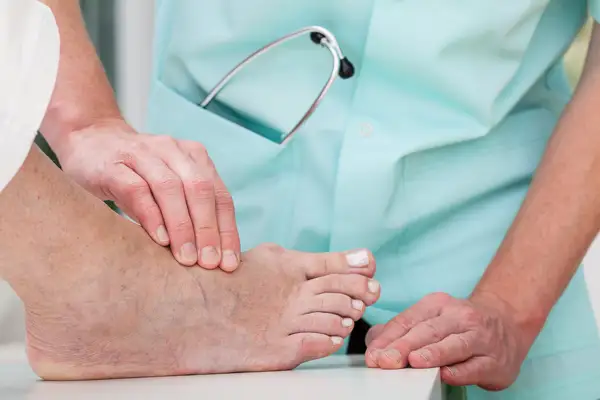
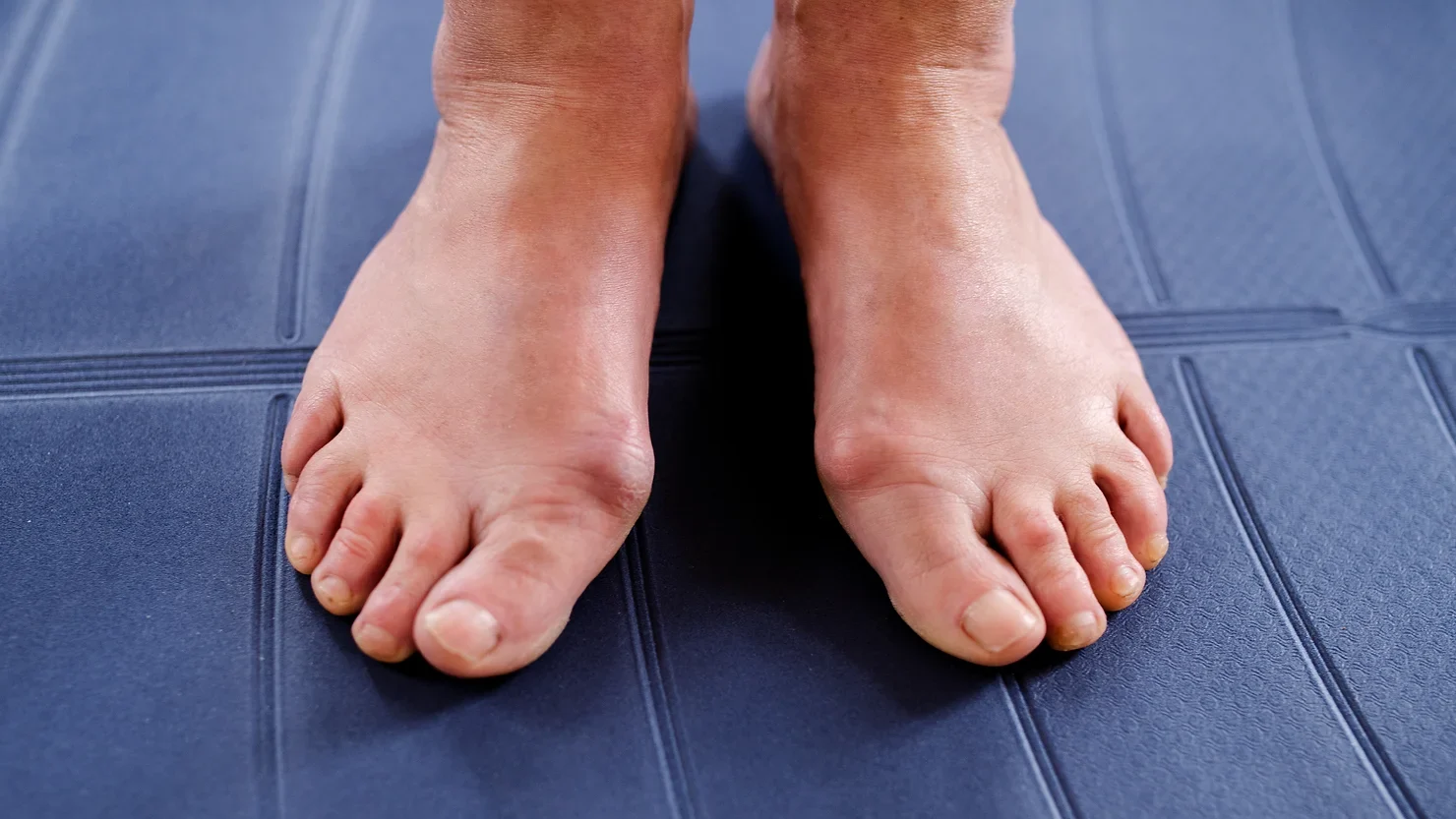
Experience relief from troublesome bunions with the expert care of Dr. Alan J. Rosen, located in New York City.
While some bunions require minimal intervention, they can also lead to discomfort and difficulties in finding comfortable footwear.
Dr. Rosen specializes in managing bunions effectively, helping to prevent further complications and alleviate pain. Offering both conservative and surgical treatment options, we tailor our approach to meet your unique needs. Take the first step towards comfort and improved foot health by calling our office today.
